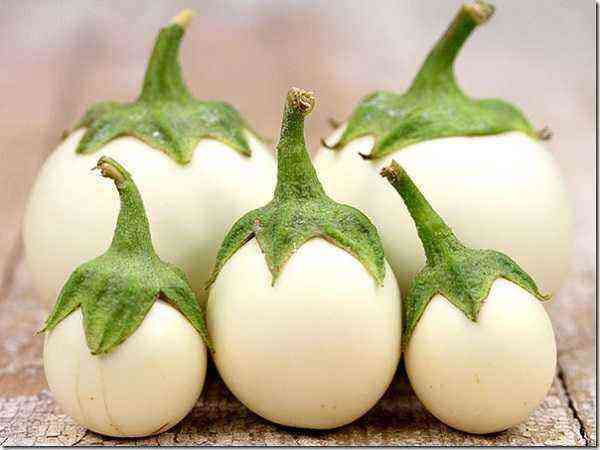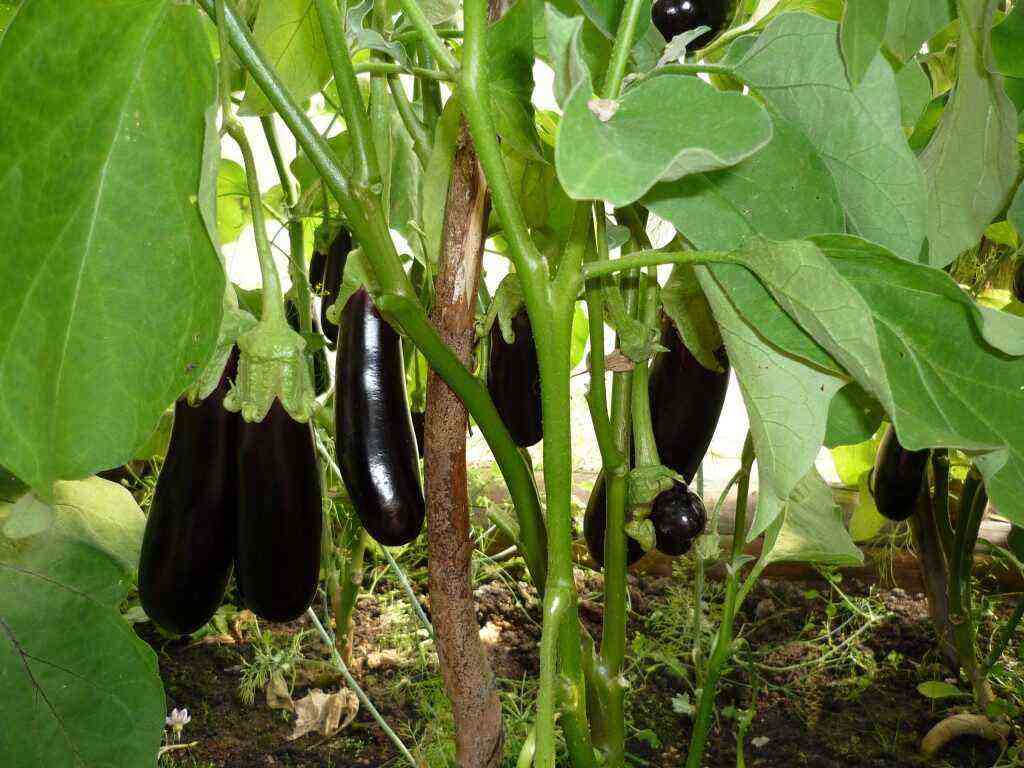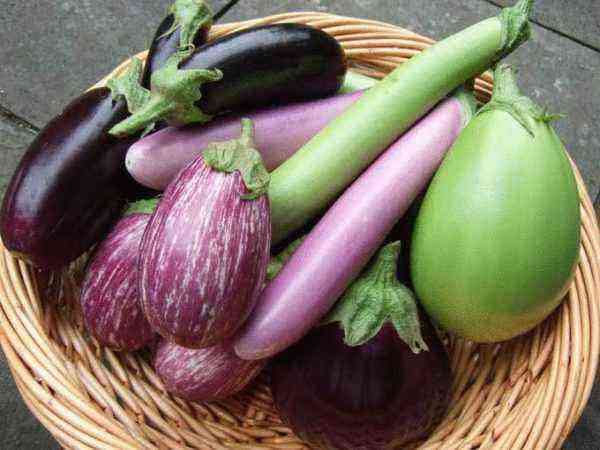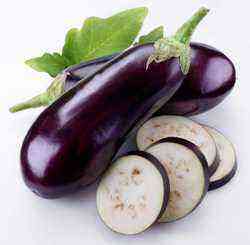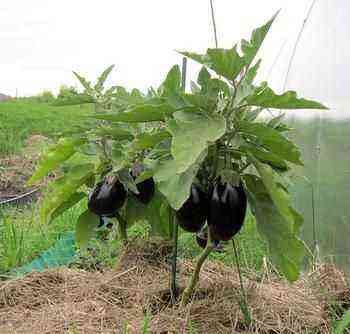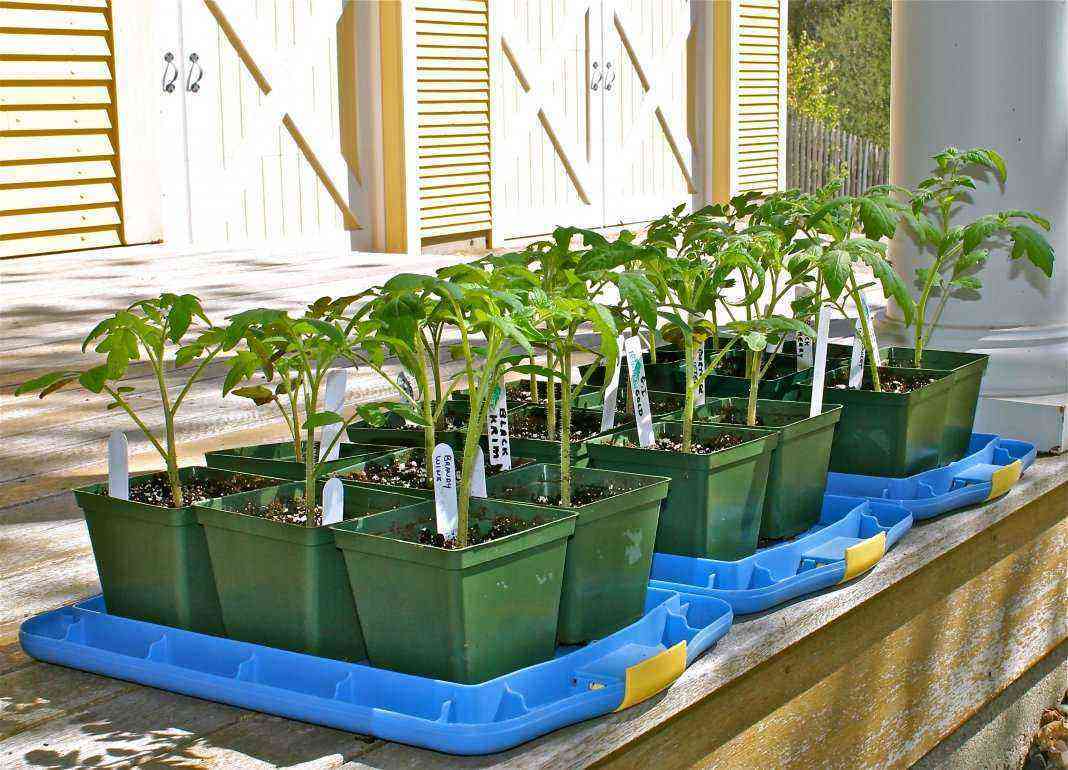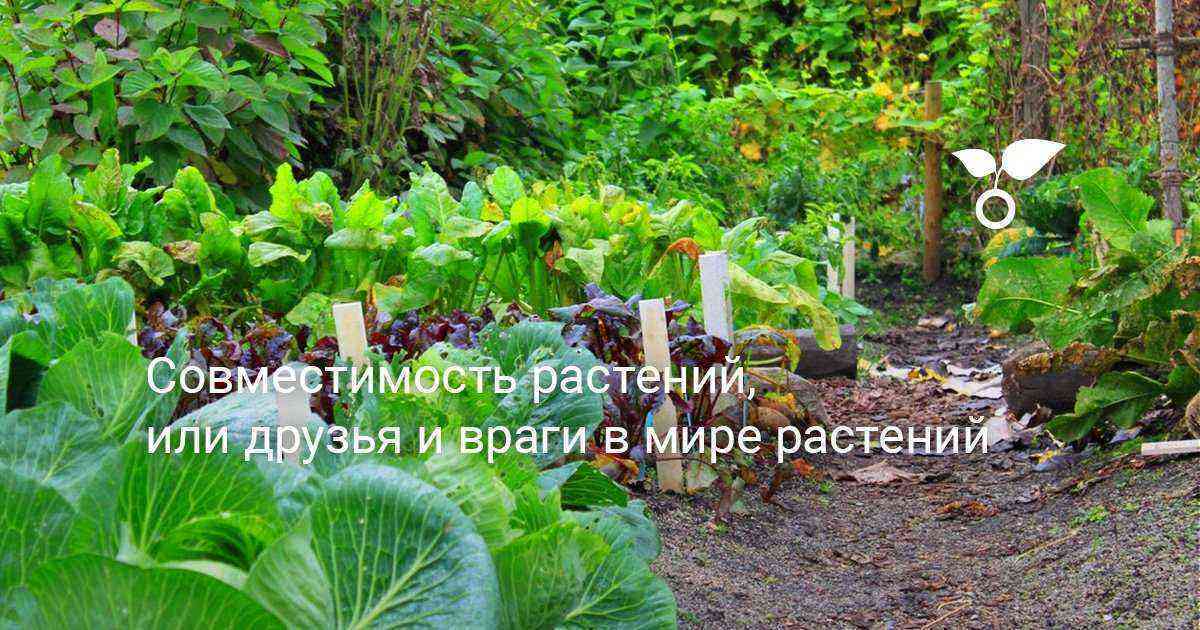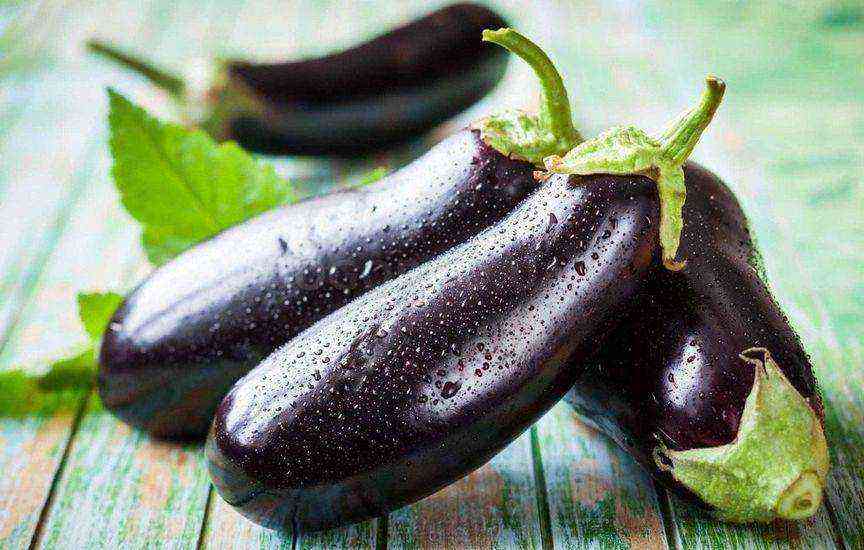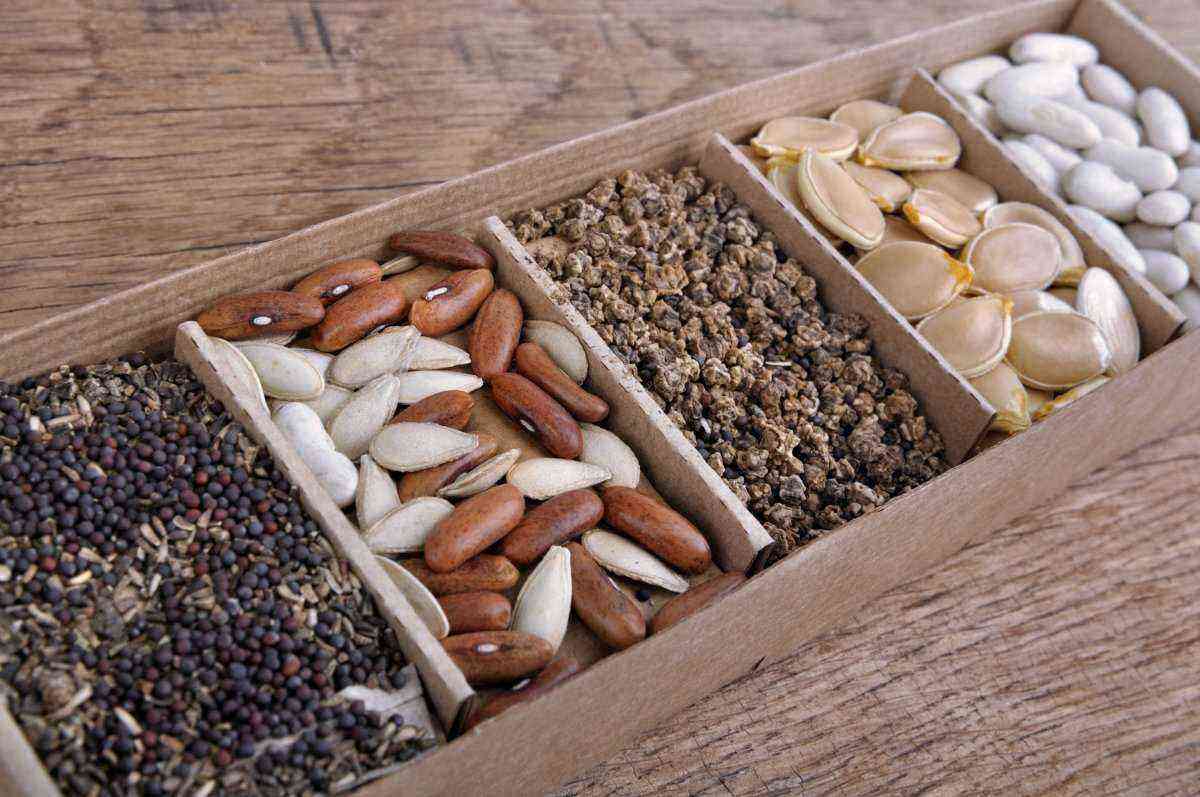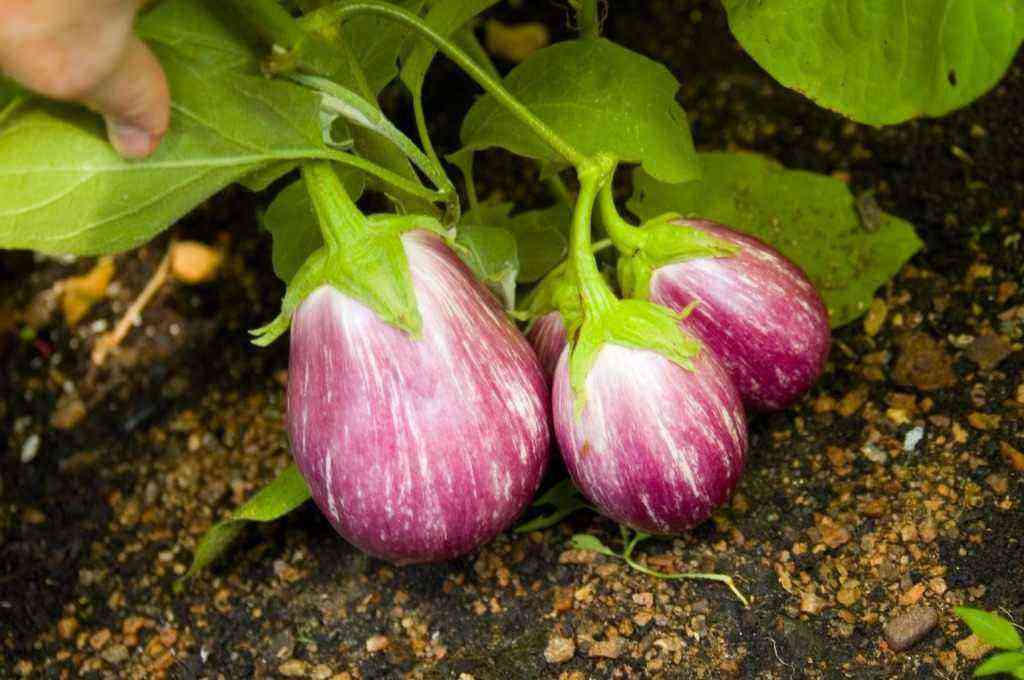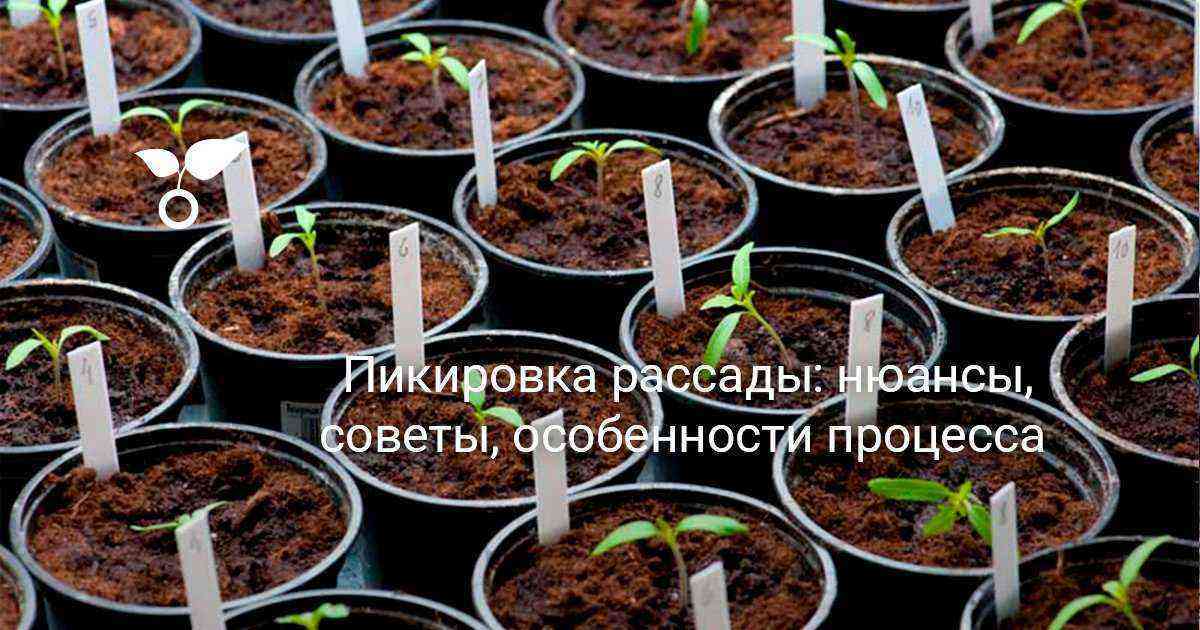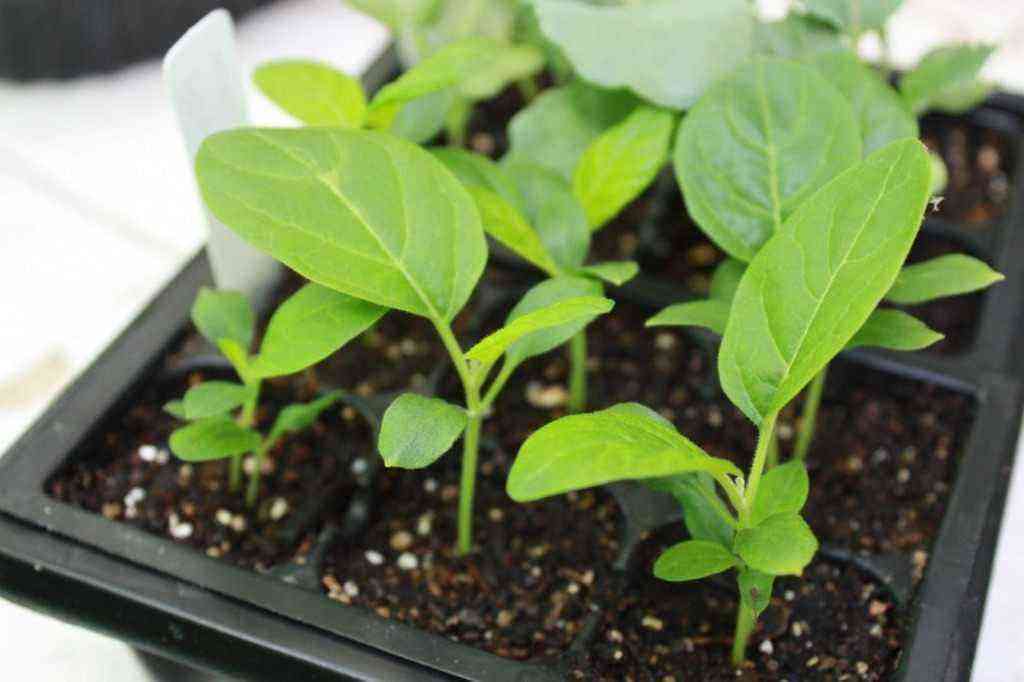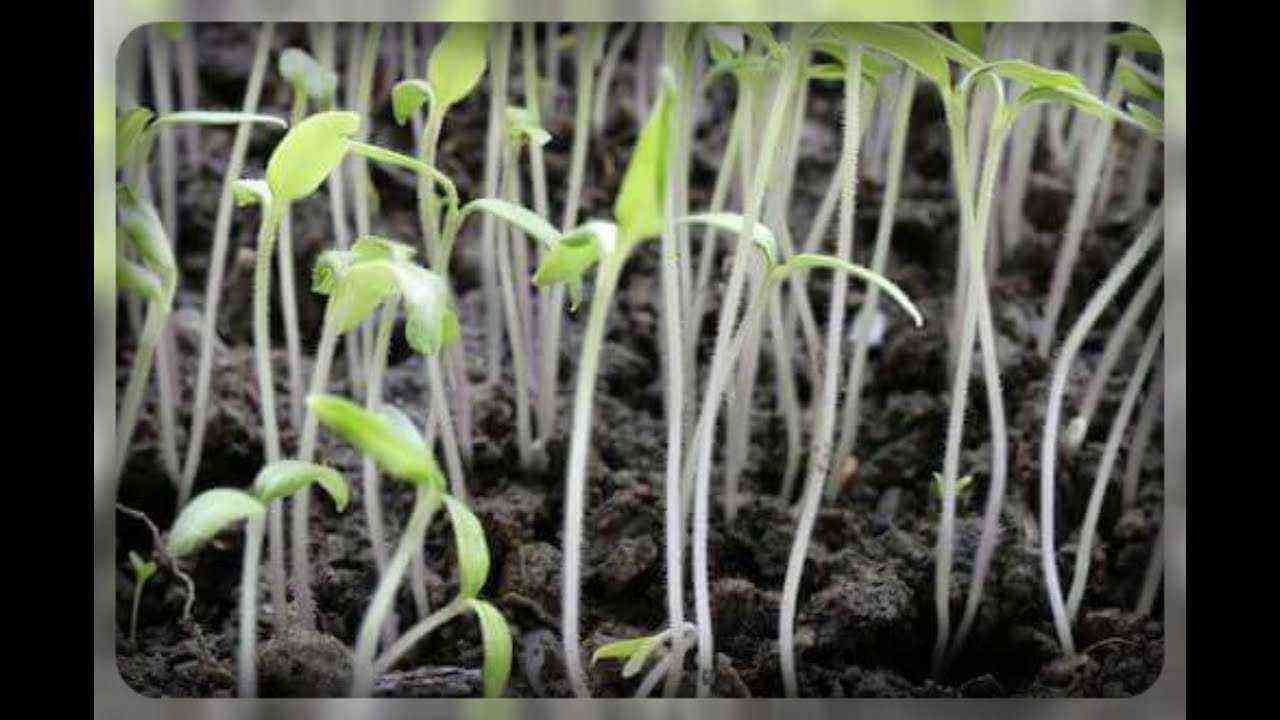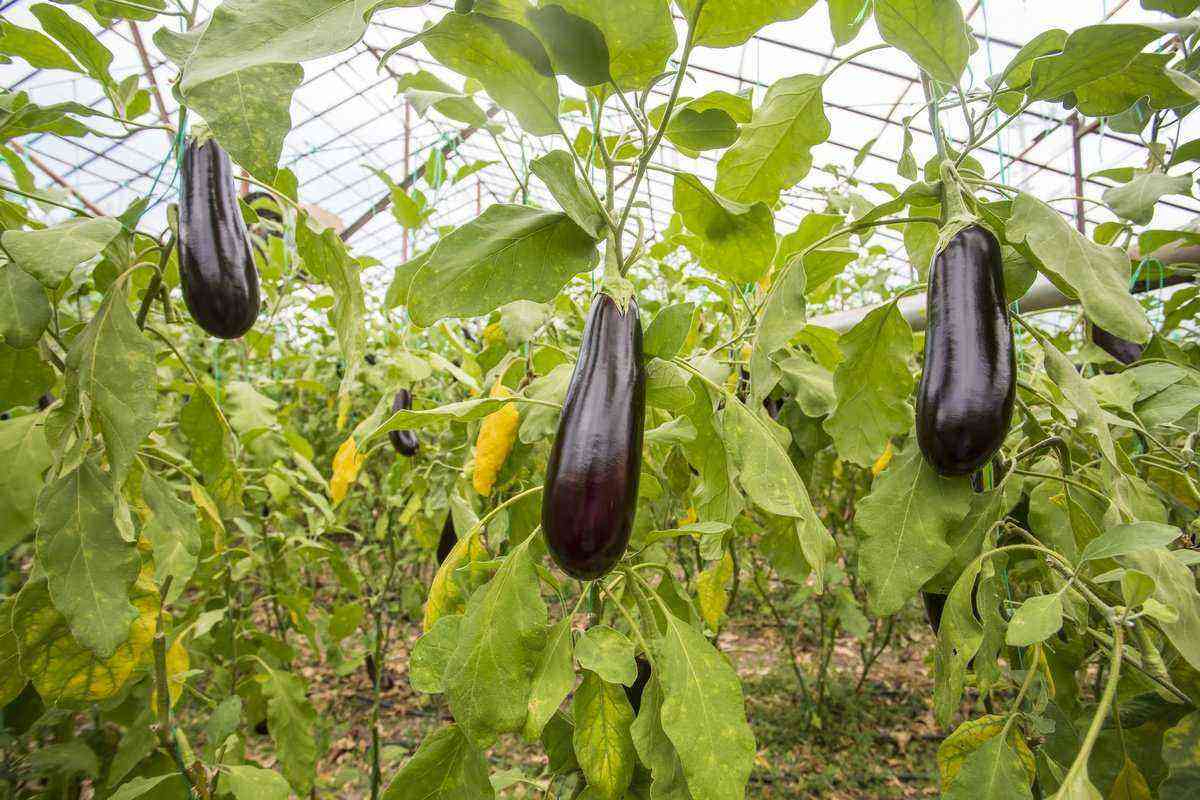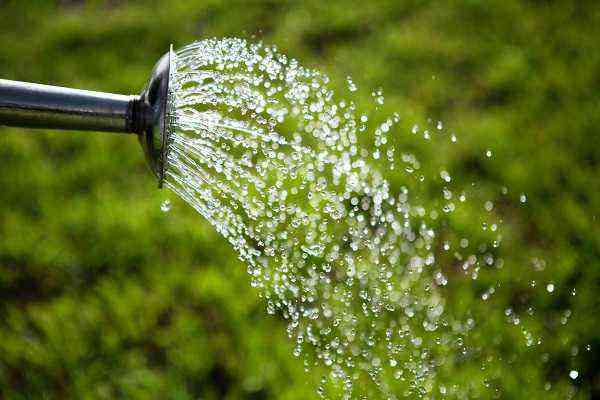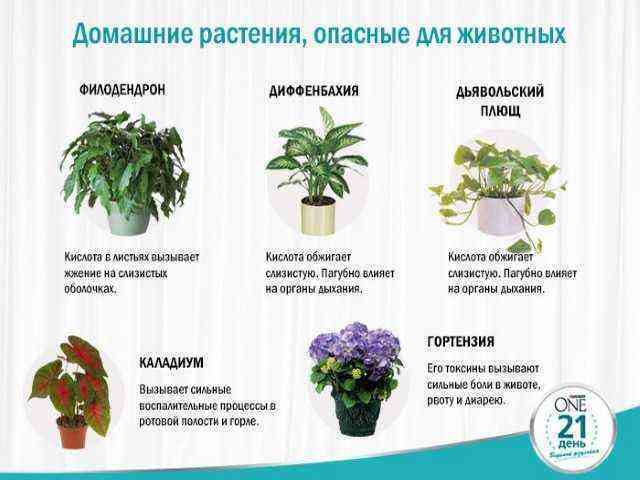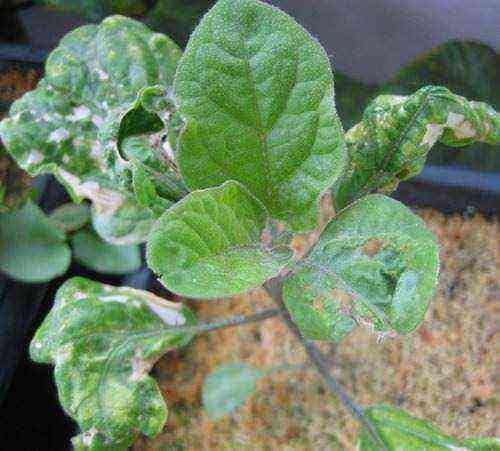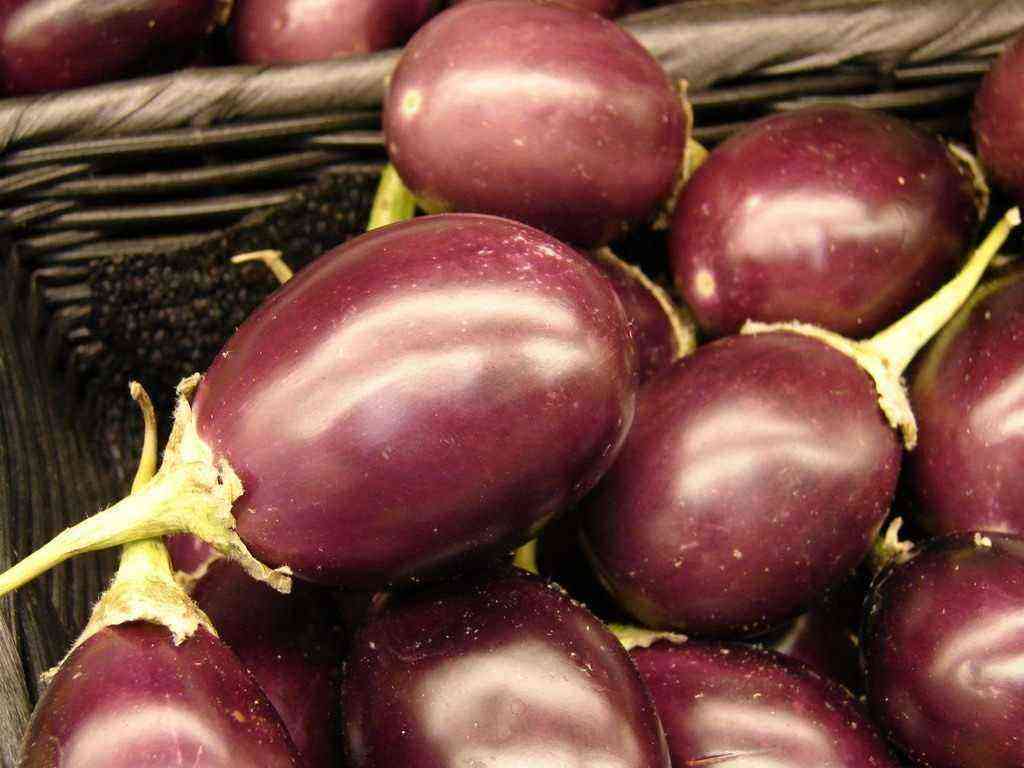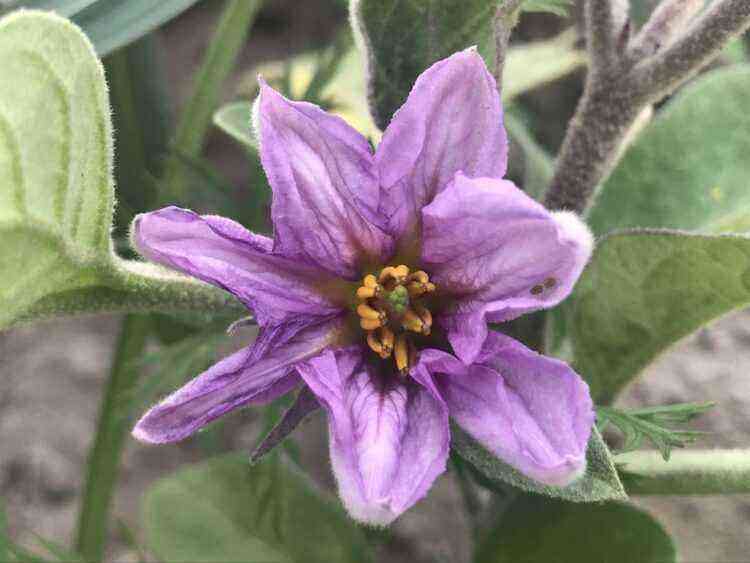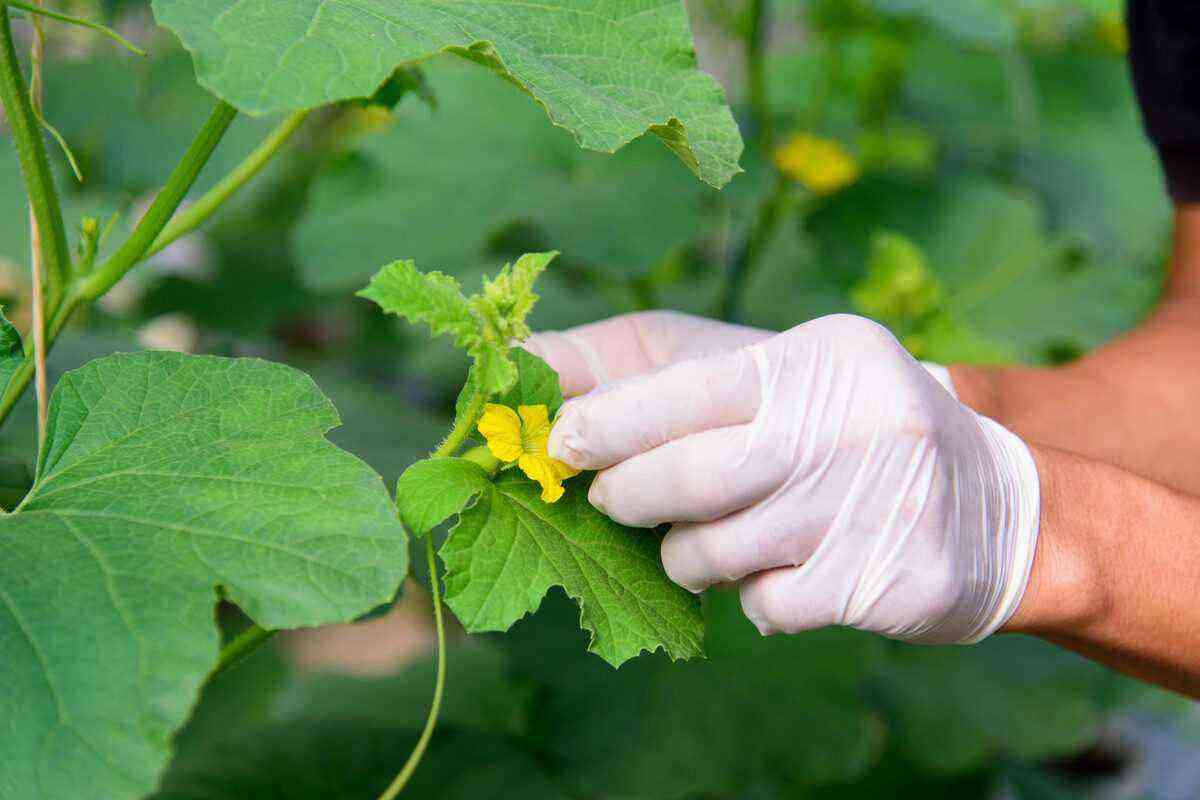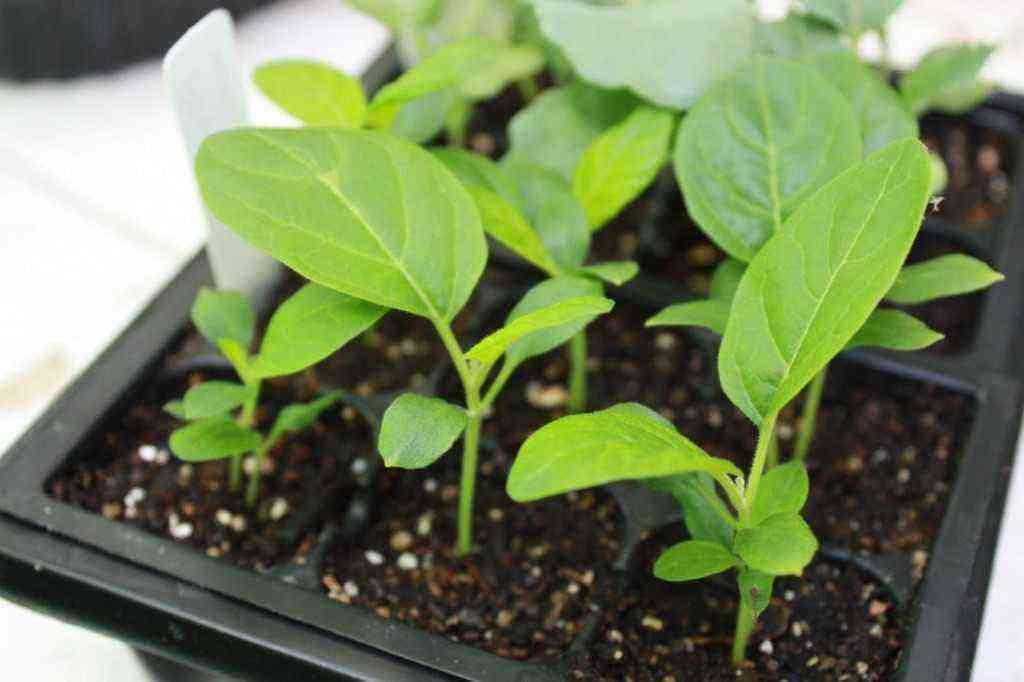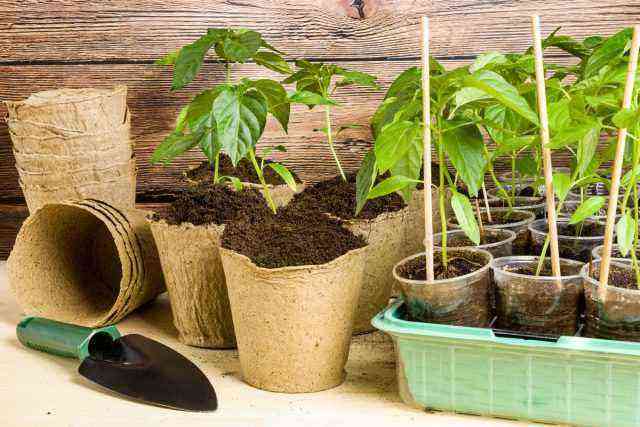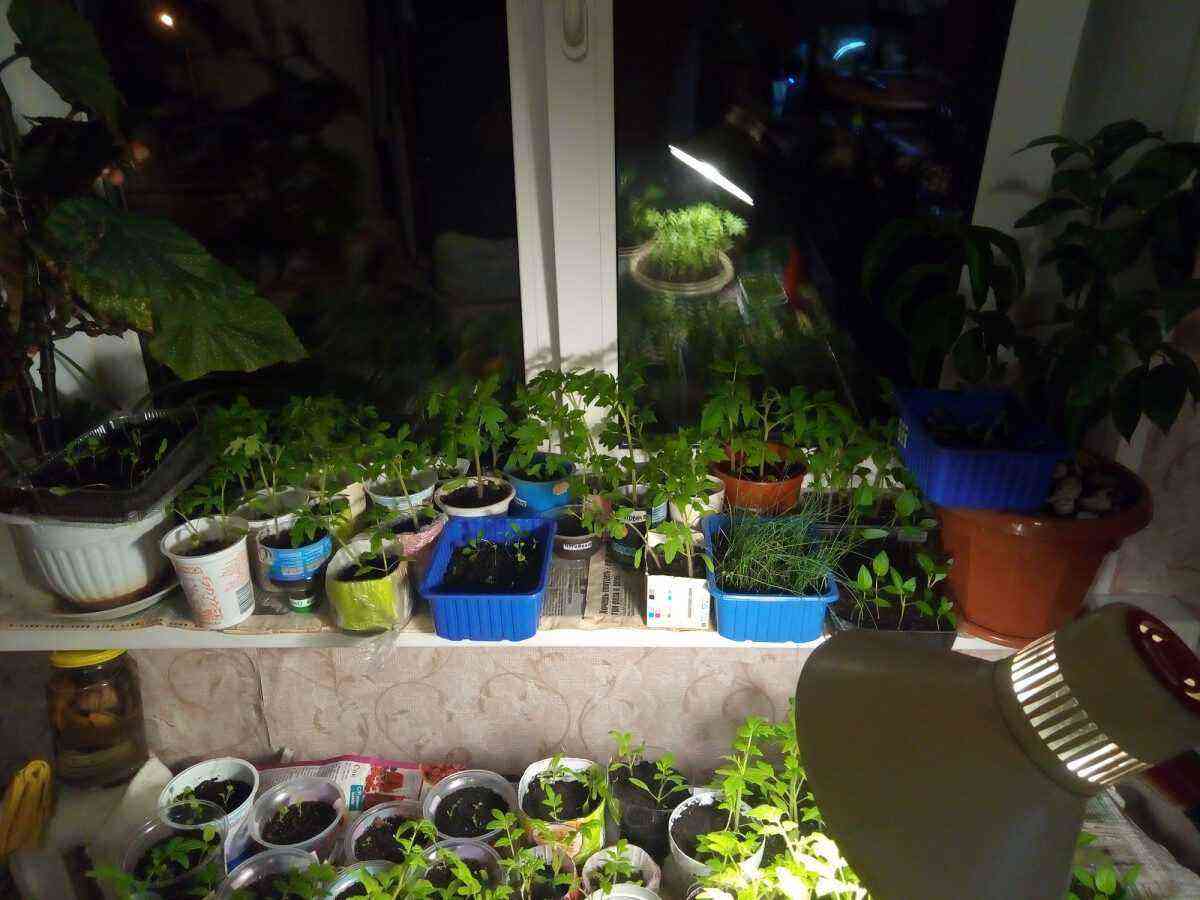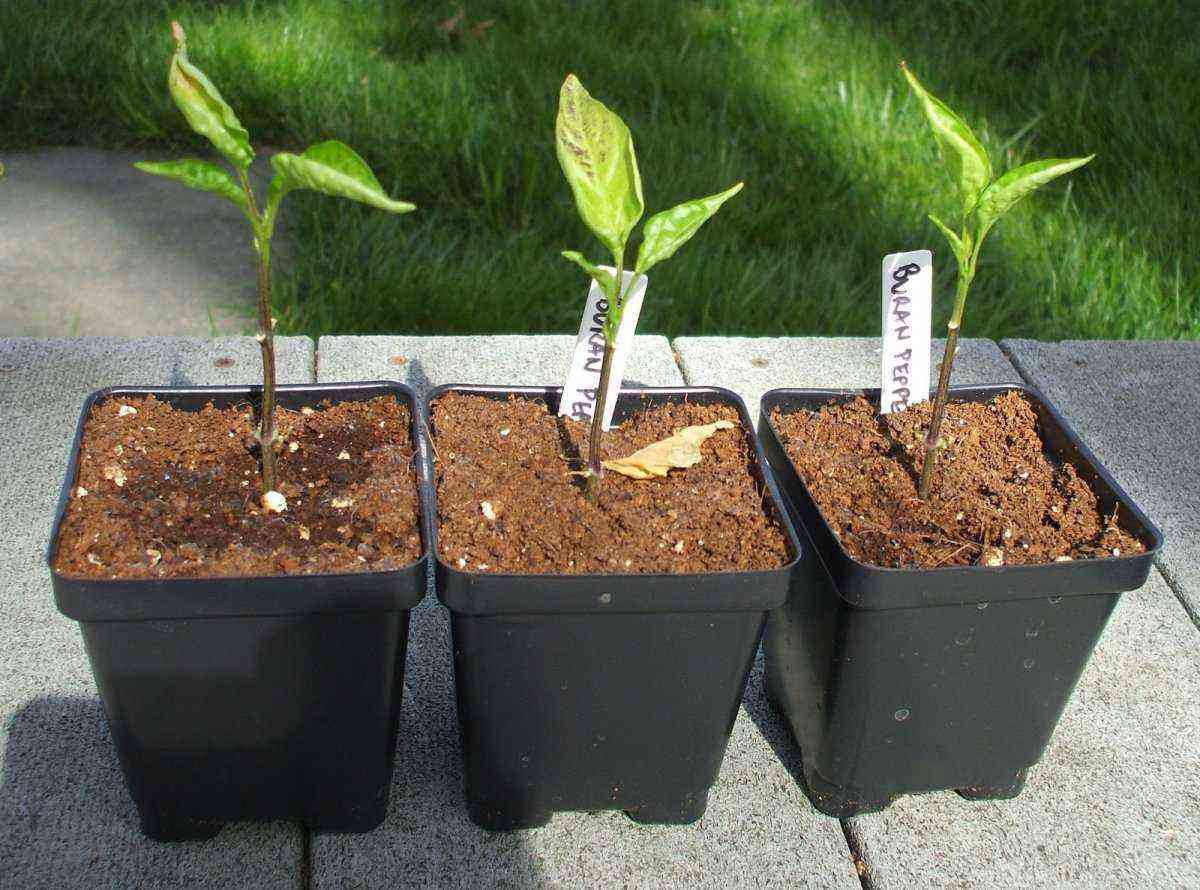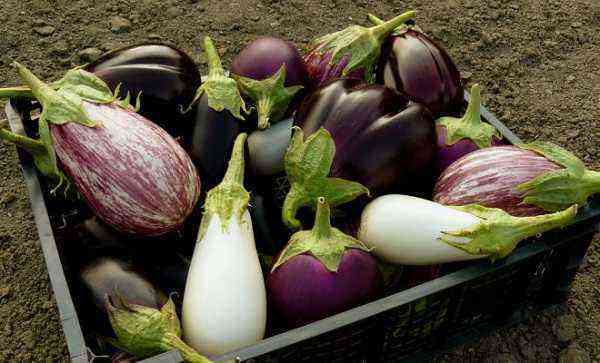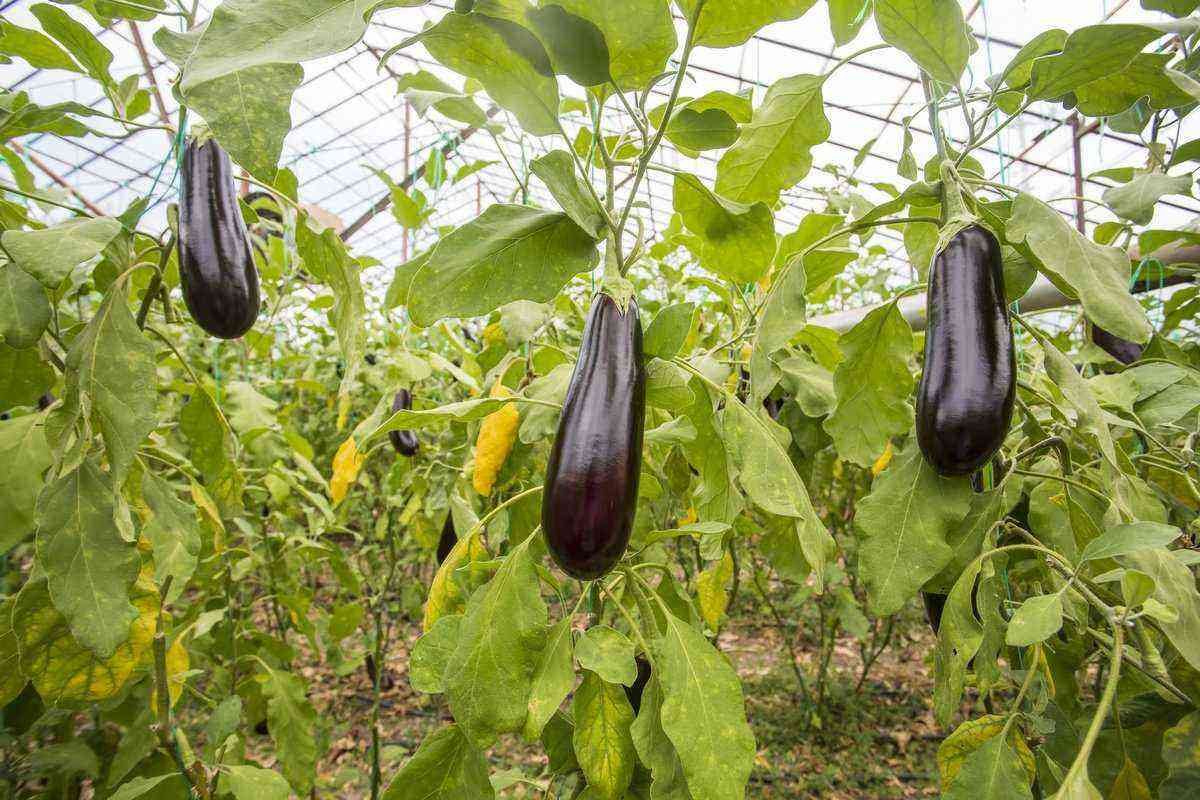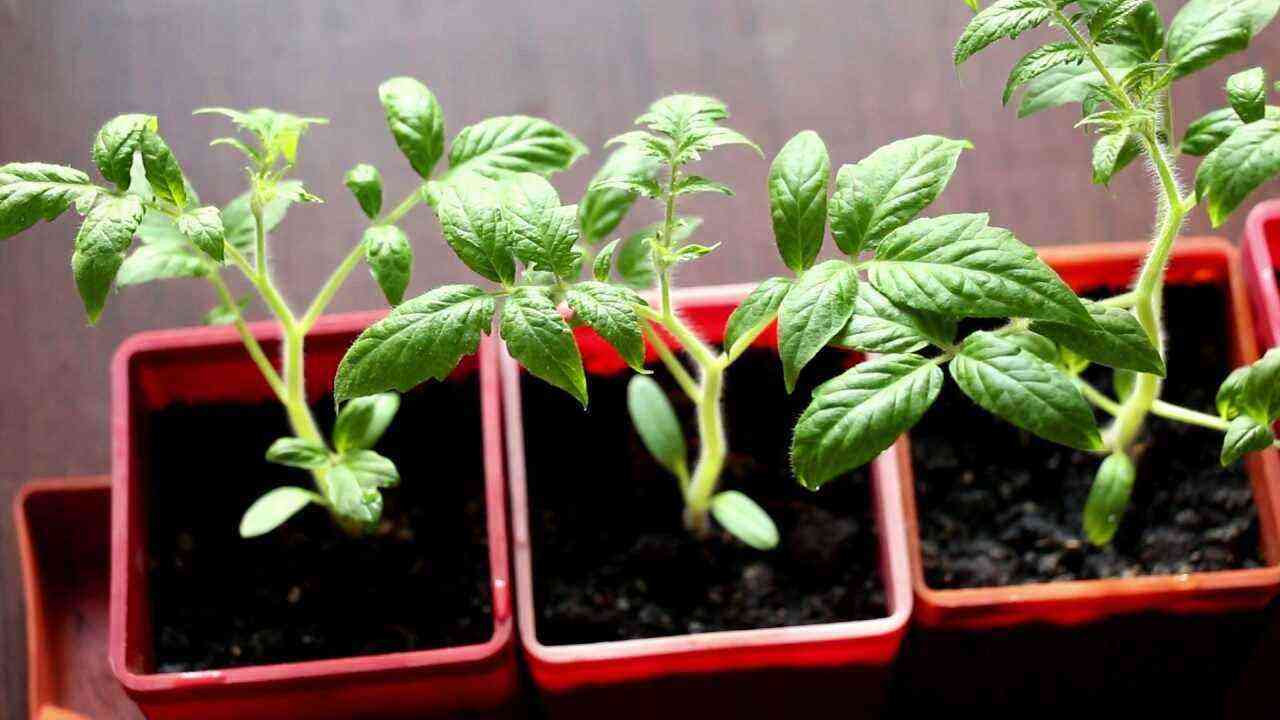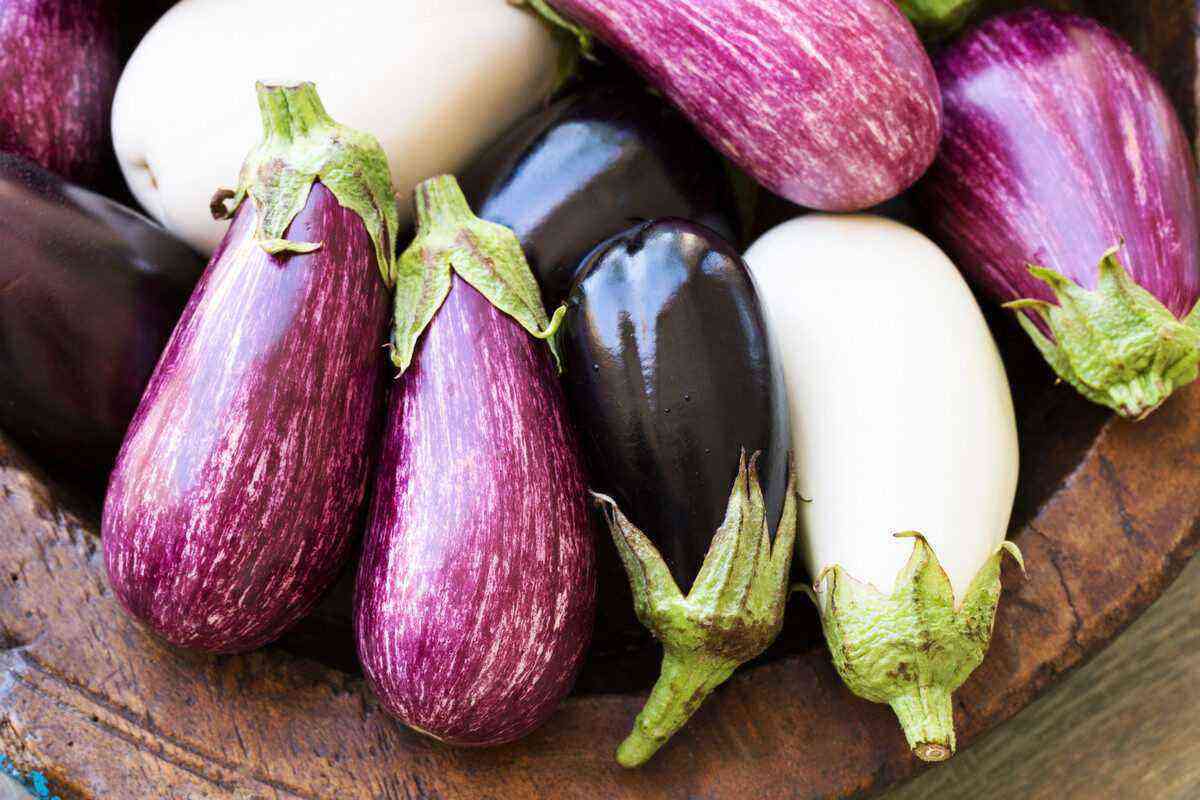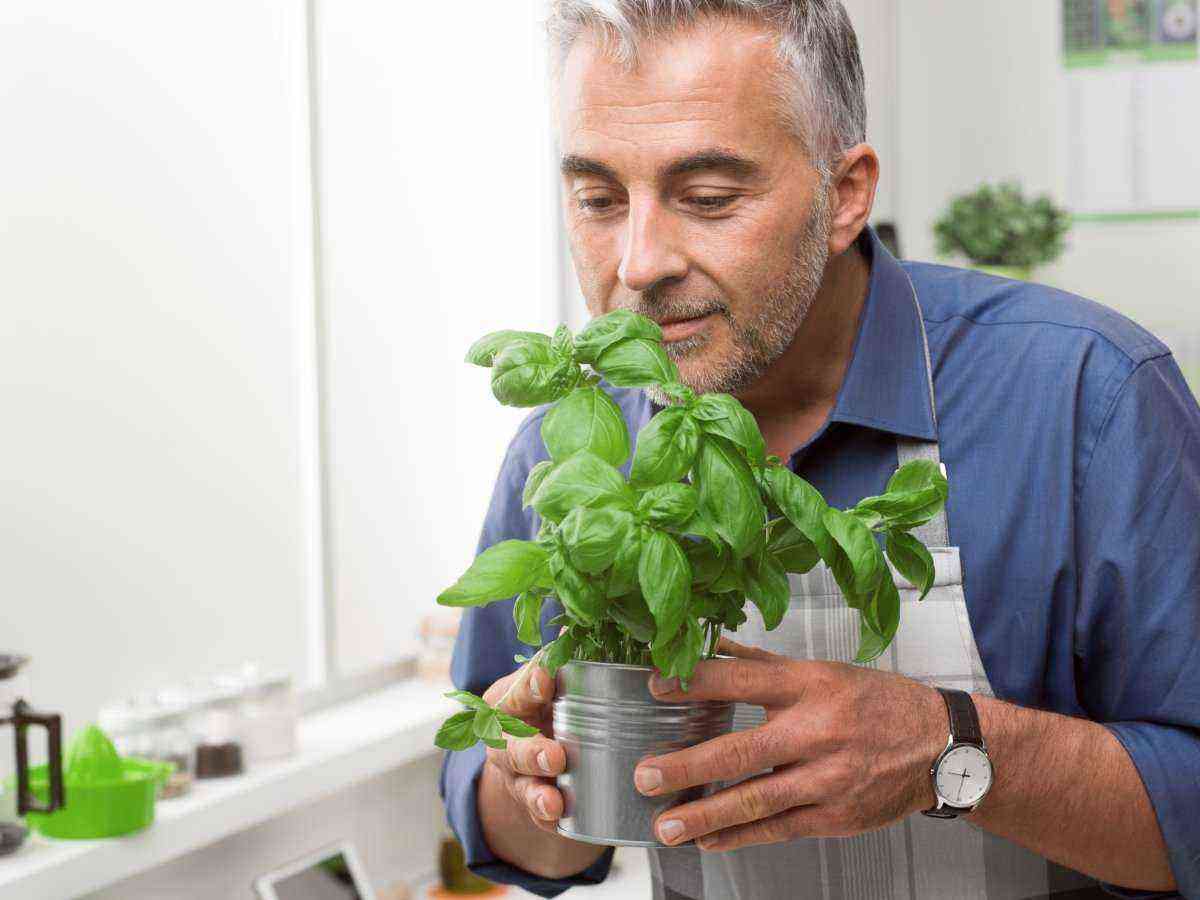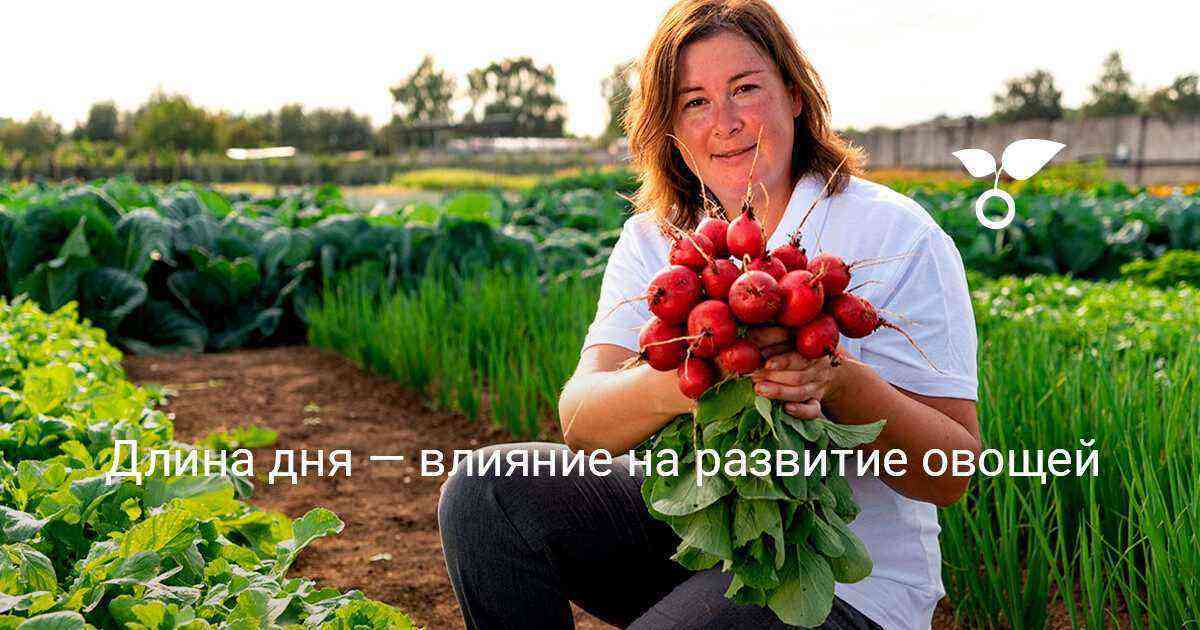Powdery mildew is a fungal disease that occurs on any plant and is especially rampant when there is an abundance of heat and moisture. Our grandparents, when they came to the garden and saw an ashy coating on the leaves, sadly noticed that an ashtray had arrived, or linen, as it was called even earlier. The fact is that this very linen outwardly from a harmless cannon can turn into a monster capable of destroying most of the crop or even all of it, if you do not fight it. About what powdery mildew is on vegetable crops, what harm it can cause to tomatoes, cucumbers and other vegetables, and how to defeat it, we will tell in the article.
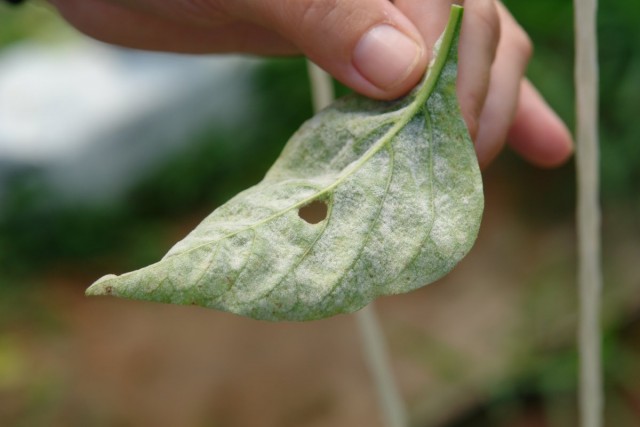 Powdery mildew on a pepper leaf. © Scott Nelson
Powdery mildew on a pepper leaf. © Scott Nelson
Contents:
Powdery mildew is a fungal infection
In fact, powdery mildew is a fungal infection that spreads (and then actively develops) not only by the wind or insects, but also by microscopic fungi that are right under our feet in the soil. They belong to a complex name, but, in fact, the simplest order of powdery mildew fungi, or erysiphous.
As we already mentioned, powdery mildew is “omnivorous”, it can eat your favorite vineyard, beautiful roses, gooseberries (because of it, its area is significantly reduced), almost any crops, peaches, as well as cucumbers, zucchini and pumpkin, sugar beet and other vegetable plants.
Symptoms and effects of powdery mildew
The very first symptom that you should pay close attention to is, of course, powdery coating, and sometimes it is from the bottom of the leaf (this is downy mildew) and from above (real). And if the children didn’t run around the site, scattering something powdery on the plants, and besides, the plantations are thickened, the soil is not the first freshness, and it rains more often than we would like, then there is only one verdict – this attack, alas, did not escape you . Sometimes on a whitish coating, clearly visible droplets of moisture may appear, but the coating may well be without them.
Usually, on vegetable crops, powdery mildew shows itself not only on leaf blades, it can also be on petioles, and on young shoots, as well as on fruits and stalks. The very first infection penetrates through the leaf blades, and the closer the leaf is pressed to the ground, the higher the likelihood that it will become infected. The same applies to the shoot of a vegetable plant – it is pressed to the ground, which means that the probability that it will become infected will be maximum. And then everything is simple – the disease captures the entire vegetable plant as a whole.
If you are a botanist by nature, then, armed with a magnifying glass, you can take a closer look at the places where the mycelium attaches to the leaf and the ulcers formed in this place. It is clear that the plant will begin to wither, because the fungus will draw on most of the nutrition and moisture, and the leaves under the fungus layer will not be able to carry out normal photosynthesis processes.
In perennial vegetable crops, the ability to winter hardiness and resistance to negative environmental factors is reduced. At the same time, rather large cracks sometimes form on the affected fruits of vegetable crops, into which the infection penetrates, rot actively develops and the product simply becomes unusable.
When is powdery mildew most active?
On vegetable crops, powdery mildew is most active in excessively wet years (65-75%), accompanied by temperature fluctuations from +14 to +26°C. Powdery mildew of vegetable crops is activated with frequent fluctuations in day and night temperatures, as well as as a result of inept actions associated, for example, with incorrect stepsoning of tomatoes, when stumps (parts of the stepson) or leaves located at the very bottom of the plants are left.
In addition, powdery mildew often attacks vegetable crops, if the gardener applies too large doses of nitrogen fertilizers, this reduces plant immunity, and powdery mildew is right there. Naturally, you should not save space and plant many plants in one area, trying to grow a grand harvest, the planting pattern must be strictly observed, otherwise the moisture will not evaporate normally from the soil surface, creating favorable conditions for the development of powdery mildew on vegetable crops.
Usually, the planting density also determines the irrigation regime – the gardener thinks that since he has planted the garden so tightly that there is no free space, the plants are simply experiencing the wildest moisture deficiency and they urgently need help. He takes a hose and turns everything into a swamp, thereby creating the prerequisites for the appearance of powdery mildew.
Violation of the irrigation regime is another reason for the appearance of powdery mildew in the garden. Often in the country, appearing once a weekend, we water our vegetable crops too generously, and then forget about them, literally opening the gates and letting powdery mildew into our plot ourselves.
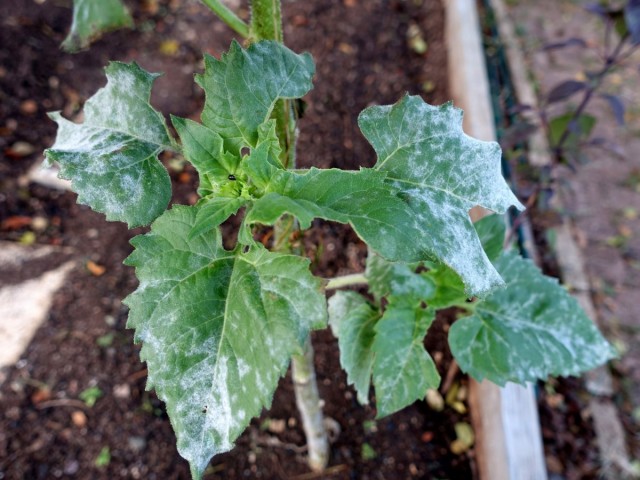 Powdery mildew on sunflowers. © Scott Nelson
Powdery mildew on sunflowers. © Scott Nelson
Powdery mildew prevention
Naturally, powdery mildew can be fought, but prevention is very important, and you should not immediately apply chemistry on vegetable crops at the first sign of illness.
Preventive measures are needed and effective. For example, you need to water the plants only after the topsoil has completely dried out, and if it rained and the soil is damp, then you should not moisten it again, because these are not tree crops, and their roots are located not so far from the soil surface.
Measure two – be sure to observe crop rotation, remove all plant residues from the site immediately after harvesting the entire crop. Another important preventive measure is the cultivation of powdery mildew-resistant varieties and hybrids of vegetable crops. And yet – no overfeeding with nitrogen fertilizers, especially during the periods of bud formation.
By the way, about fertilizers: warning you against applying excess nitrogen fertilizers, we remind you that you need to apply potash (8-10 grams per square meter) and phosphorus fertilizers (7-9 grams per square meter) to fully nourish the plant and increase their immunity.
The soil after harvesting plant residues still needs to be treated with fungicides, strictly following the instructions on the package and only with those drugs that are allowed. Once, by the way, may not be enough to eradicate the disease entirely, it is better to carry out three or even four treatments.
Common Powdery Mildew Treatments
So, we realized that powdery mildew is a very unpleasant infection, and even if we took all the precautions, it can still appear on vegetable crops and, at best, deprive us of part of the crop (or maybe all). Therefore, let’s figure out how to remove this infection from the site and never let it in there again.
If you are not an adherent of chemistry and have noticed that the leaves on the vegetables have acquired a characteristic powdery coating, then as carefully as possible, wetting the scissors in alcohol each time and rubbing the cuts with wood ash, remove all affected leaves of vegetable crops from the site and burn them outside.
Minimize the amount of irrigation water, or better, loosen the soil daily and remove harmful weeds from the site. Everything is tritely simple here: the more you remove the leaves affected by powdery mildew, the more you will reduce the chances of infecting the remaining organs of the plant or neighboring vegetable crops.
After that, it is strongly recommended to still treat the plants with a fungicide, so to speak, to consolidate the result. The main thing at the same time is to use a permitted, fresh fungicide, strictly following the instructions on the package, where, as a rule, both the processing time for each crop and the dosage are indicated. When treating with a fungicide, try to moisten all the organs of a vegetable plant – its upper part and lower part, so that the fungicide processes everything that is possible, and there are no corners infected with the infection.
Powdery mildew treatment on vegetables
Powdery mildew on cucumbers
It is unlikely that it will be possible to describe protection against powdery mildew on all vegetable crops without exception in one article, a whole book is needed here. Let’s talk about the protection against powdery mildew of the main vegetable plants, which, as a rule, everyone has on their site.
If powdery mildew is found on cucumber leaf blades, the first thing to do is to stop watering, then remove all diseased leaves, try to thin out the plants. For example, if one of them is very severely affected, then it is best not to treat it, but simply remove it from the site.
Next, be sure to loosen the soil to increase the evaporation of excess moisture, and you can begin treatment. It is known that banal dusting of the affected cucumber leaf with sulfur powder gives excellent results. To prepare it, you need to take 28-29 g of sulfur, dissolve it in a bucket of water, fill it with a spray bottle and try to process all the affected leaves and the soil under them.
A solution of colloidal sulfur also helps, it needs the same amount and for the same volume, only if in the first case it is possible to spray 5-7 square meters of diseased plants in this way, then in the second – all ten. Processing is best done in the evening. Some gardeners speak well of the treatment of affected cucumber plants with mullein diluted 10 times, this amount is enough for 10 square meters of beds.
If you decide to use fungicides, then strictly follow the instructions on the package (terms, doses, consider everything). Find out if a particular drug is allowed. Previously, preparations based on copper of the Oxychoma type helped to cope well with powdery mildew, now they write that they are of little use, you can use the Topaz fungicide.
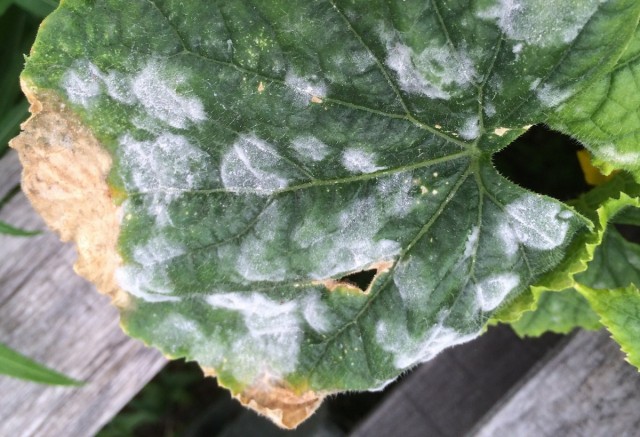 Powdery mildew on a cucumber leaf. © Scott Nelson
Powdery mildew on a cucumber leaf. © Scott Nelson
Powdery mildew on tomatoes
Interestingly, powdery mildew on tomatoes can appear in two forms, or rather, infect plants with two types of fungus. The first species is Oidiopsiserysiphoides – mainly in open ground, that is, not in greenhouses and greenhouses. Infection of tomato plants with this type of fungus usually occurs in March. As a rule, already on tomato seedlings, the leaves begin to dry out from the edges, and if you delay the elimination of this problem, then the seedlings usually die tritely.
The second pathogen is the fungus Oidiopsistaurica, its external signs appear in the form of yellow spots that are located on the upper side of the tomato leaves, but the snow-white coating, typical of powdery mildew, first appears precisely from the bottom of the leaf.
To minimize the outbreaks of these two fungal infections, it is necessary to soak the tomato seeds for a couple of days before sowing in a solution of Epin or Heteroauxin, Zircon and similar preparations, which somewhat enhance growth and significantly strengthen plant immunity.
But what if the infection of tomatoes has already occurred? The very first method is the treatment of all tomato plants, both healthy and sick, with sodium humate. This drug helps to inhibit, up to a complete stop, the growth of conidia – the causative agent of infection, and, therefore, inhibits the development of the infection itself.
Processing must be carried out in accordance with the instructions indicated on the package, use the doses correctly and be guided by the recommended processing times. In addition, at the initial stages of the development of a fungal infection, biological preparations can also cope with the destruction of powdery mildew, at least the well-known one percent solution of Baktofit, which is simply sprayed three times with tomato plants at weekly intervals, naturally, as soon as signs of powdery mildew appear. .
According to gardeners, the so-called cultural liquid, called Planriz, gives a good effect, but it is effective at the very first signs of the disease, so tomato plants will need to be carefully monitored in order to identify these very signs.
If the plants are already quite heavily infected, then you need to use approved and available fungicides (again, in strict accordance with the instructions on the package). These can be drugs such as Strobi, Topaz, Quadris, Titovit Jet, Bayleton and even Privent. Gardeners advise, especially in wet years, when powdery mildew actually rages, so that the drug lingers more on plants, add laundry soap to the solution (usually half a piece per 10 liters of solution).
With a slight defeat of tomato plants with powdery mildew, it is quite possible to not apply chemistry. Gardeners note that treatment with 10% whey gives a good effect, both for preventive purposes, when it is damp and warm, but powdery mildew has not yet appeared, and for treatment, when only a few leaves have been affected, but they are so sorry to cut off.
The main thing is that after treatment with whey it does not rain, otherwise everything will have to be done again. Some note the effectiveness in the fight against powdery mildew and ash solution, for this, about 100 g of wood ash is poured into a liter of water and the infected plants are watered with this volume, spending the solution in such a way that it gets on the infected parts. At the same time, it is possible to double the frequency of loosening the soil and halve the watering of the soil.
 Powdery mildew on tomatoes. © Scott Nelson
Powdery mildew on tomatoes. © Scott Nelson
Powdery mildew on squash
Zucchini is another common vegetable crop in our beds, and what a pity it is when elegant leaves are suddenly covered with a white powdery coating. At the first signs of damage, when there are very few affected leaves, they must be carefully cut and burned, and the cuts must be covered with wood ash. If the shoots are affected, then they will have to be removed, after which the soil must be loosened.
Their folk remedies for fighting infection can be helped by treatment with a solution of soda ash (10 g per bucket of water) or ten times diluted mullein (at a rate of 50 g per plant). Often the treatment of the affected areas with an ash solution helps, for this you need to take 50 g of ash, dissolve in a liter of water and spray from a spray bottle in the evening in calm weather on the affected areas.
Do folk remedies fail? You will have to use chemistry, again – permitted drugs in strict accordance with the instructions previously helped well: “Kefalon”, “Carboran” and even phosphorus sodium.
As a prophylaxis against powdery mildew, zucchini can be treated a week after planting seedlings with a drug called Nitrafen, and medicinal preparations can be used after flowering.
 Powdery mildew on squash leaves. © Scott Nelson
Powdery mildew on squash leaves. © Scott Nelson
Remember, whether you are using fungicides or using folk remedies to combat powdery mildew, always treat in the evening and in dry weather.
Powdery mildew on eggplant
Experienced gardeners claim that it is possible to eliminate powdery mildew on eggplants in no time by treating them with a solution of simple soda ash, in exactly the same proportions that we wrote about it in the section about zucchini. Well, those who want a reliable result, let them use fungicides, such as Fundazol. It needs only 10 grams per bucket of water and this rate is enough for ten square meters of land. By the way, eggplants can be processed up to five times during the growing season with foundationazole, the main thing is to strictly follow the instructions on the package.
Powdery mildew on onions
Onions are often struck by false powdery growth, as if it is hiding behind the leaves and it is not always possible to find it. Usually onions, downy mildew appears during a period of excess moisture in the soil and in thickened plantations. The first affected leaves must be pulled out, and then fungicides must be applied.
List of funds for powdery mildew (drugs)
By the way, since we couldn’t tell about all the vegetable crops that powdery mildew can affect, we will first list the fungicides that are effective on literally every vegetable crop (of course, when used in strict accordance with the instructions on the package).
These are Skor, Quadris, Hom, Vectra, ThiovitJet, Fundazim, Fundazol, Vitaros, Bayleton, Ftalan, Zineb, Kuprozan, Topsin-M”, “Fitosporin-M”, “Previkur”, “Switch”, Bordeaux liquid, copper sulfate, copper oxychloride, colloidal sulfur and others.
Folk methods of dealing with powdery mildew
Against this background, one cannot bypass, of course, folk remedies for combating powdery mildew on vegetable crops, let’s briefly introduce them.
So, very effective, especially in the initial stages of the development of the disease, is the treatment of the affected areas of vegetable crops with a soap-soda solution. To do this, in a bucket of water, preferably rain, dilute 45-55 g of soda ash or ordinary baking soda and add 18-20 g of liquid soap or, finely grated, ordinary. Next, you need to shake it all up well, bringing it to a homogeneous composition and process the plants twice with an interval of a couple of weeks.
The second option is a whey solution. To do this, about a liter of whey can also be poured into a bucket of rain, that is, soft, water, mixed well and this solution can be carried out up to three treatments in dry weather, taking a break of three days.
Kefir, here you need a liter of well-fermented kefir or yogurt, dilute in a bucket of water and treat the affected plants with the resulting mixture three times with an interval of four days.
A decoction of horsetail is considered more effective, for this you need to chop one hundred grams of horsetail into small pieces and pour a liter of water, then let it brew for a day under pressure, boil for a couple of hours, cool, dilute with water one and a half times and you can carry out up to five treatments of plants at intervals of a week. Interestingly, such an infusion can be safely stored for up to a week without losing its properties.
Mustard solution – you only need a couple of tablespoons diluted in a bucket of water heated to room temperature, and infected plants can be treated with this solution once every three days.
Gardeners also respond well to the ash solution. To prepare it, you need a kilogram of finely crushed wood ash, dissolved in a bucket of water and well mixed. After that, the solution should be allowed to brew for a week, strain the solution and add half a bar of laundry soap to it. Treatment with this composition of diseased vegetable crops can be carried out in a day.
Mullein infusion – it must be diluted ten times with water, and then insisted for three days. After this, the infusion must be carefully drained and filtered to obtain a liquid that can pass through the spray bottle. It is important to treat with such an infusion before the plants bloom, and after that they can cultivate the soil, removing all weed residues from it.
Infusion of garlic (burning mixture) – here you need to crush 50 g of cloves, pour a couple of liters of rainwater and let it brew for two days. Then you need to strain and process only the area of uXNUMXbuXNUMXbvegetable plants affected by powdery mildew, without touching healthy ones.
In conclusion, an infusion of onion peel is both a weak-acting fungicide and a source of trace elements that strengthens the immunity of vegetable crops. All you need is to pour 250 g of onion peel with a bucket of boiling water and let it brew for a couple of days, after that it remains to strain the composition and you can spray the plants with it before and after flowering, and also cultivate the soil to kill the wintering stage of the pest.
That’s all we wanted to talk about powdery mildew on vegetables and how to deal with it in all possible ways. What methods do you use in the fight against powdery mildew? Tell us about it in the comments in the article.
